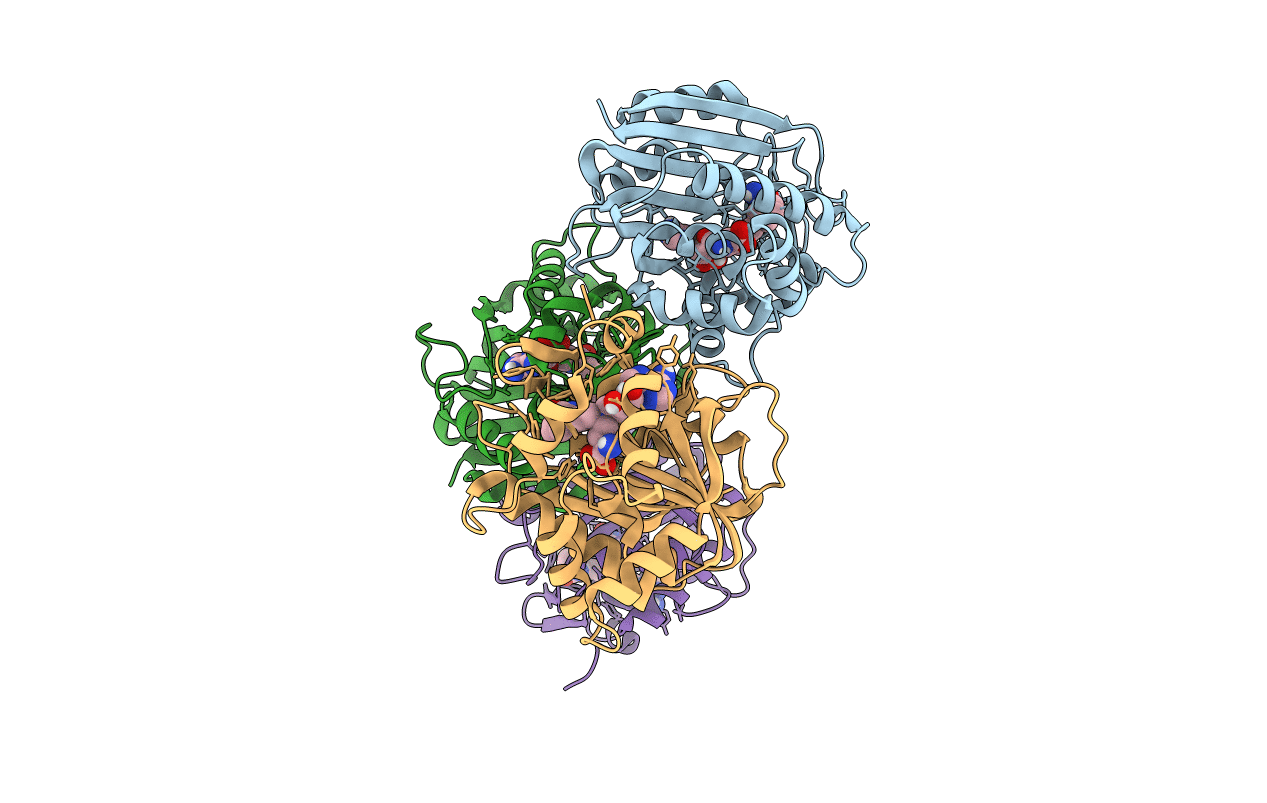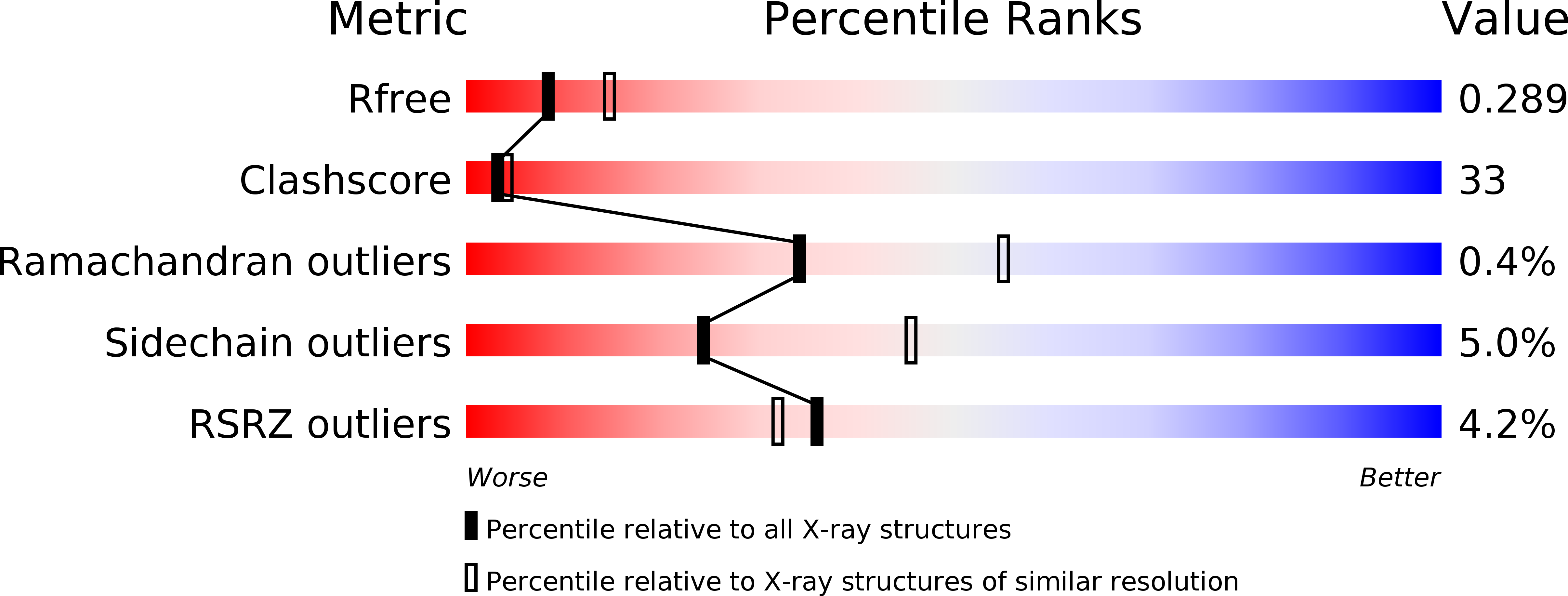
Deposition Date
2019-07-21
Release Date
2019-11-27
Last Version Date
2024-03-13
Entry Detail
PDB ID:
6PVS
Keywords:
Title:
Structure of Nicotinamide N-Methyltransferase (NNMT) in complex with inhibitor LL320
Biological Source:
Source Organism:
Homo sapiens (Taxon ID: 9606)
Host Organism:
Method Details:
Experimental Method:
Resolution:
2.58 Å
R-Value Free:
0.29
R-Value Work:
0.23
R-Value Observed:
0.23
Space Group:
P 1


